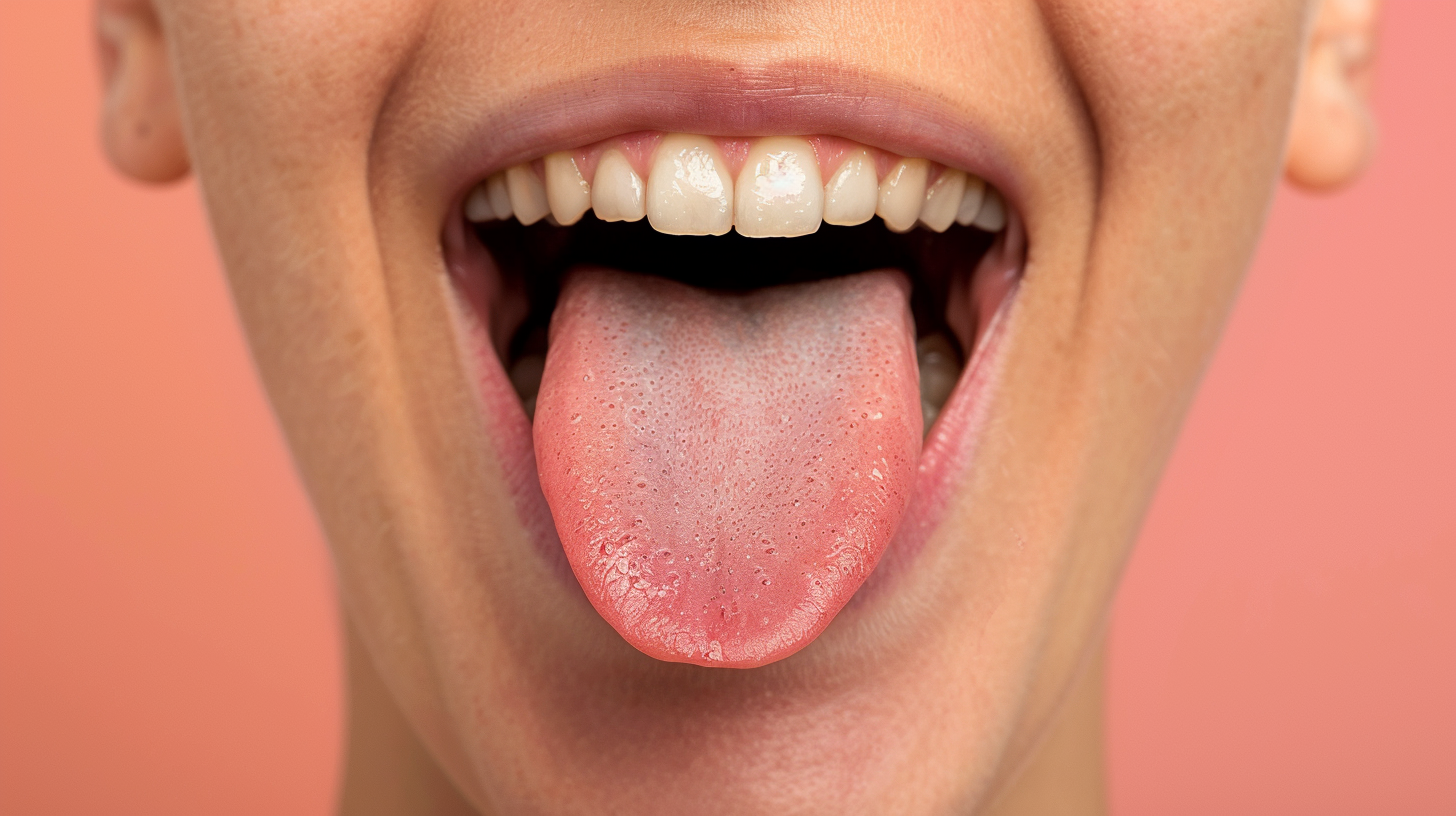Have you ever wondered why some people constantly breathe through their mouth, need braces repeatedly, or struggle with speech or swallowing? The answer often lies in oromyofunctional disorders (OMDs)—a group of surprisingly common conditions that can disrupt not just oral function, but your entire well-being.
At BreatheWorks, we believe that oromyofunctional disorders are among the most overlooked and underdiagnosed health issues in both children and adults. Yet, they are also among the most treatable, especially with a whole-patient, evidence-based approach.
What Are Oromyofunctional Disorders?
Oromyofunctional disorders (OMDs) are patterns of abnormal muscle function involving the mouth, tongue, lips, face, and jaw. These patterns interfere with basic life functions such as breathing, chewing, swallowing, and even speaking.
Common types of OMDs include:
- Mouth breathing (instead of nasal breathing)
- Low tongue posture or forward tongue thrust
- Improper swallowing mechanics (reverse swallow, tongue thrust swallow)
- Open-mouth resting posture
- Habitual thumb-sucking or extended pacifier use
How Common Are Oromyofunctional Disorders?
- Children: Up to 38% of children have OMDs, often linked to chronic mouth breathing, allergies, or prolonged use of bottles and pacifiers (Mason, 2005).
- Orthodontic patients: As many as 25% of orthodontic patients relapse due to untreated OMDs (ASHA, 2023).
- Adults: Many cases go untreated for decades, leading to chronic TMJ pain, headaches, dental problems, and sleep disturbances.
The Interconnectedness of Oromyofunctional Disorders
OMDs rarely occur in isolation. Instead, they set off a chain reaction that impacts multiple systems in the body—often in ways patients and even clinicians might not expect.
1. Mouth Breathing and Airway Dysfunction
- Chronic mouth breathing dries out the oral tissues, increases the risk for cavities and gum disease, and reduces the efficiency of oxygen delivery to the body.
- Mouth breathing is a key risk factor for developing sleep-disordered breathing (including snoring and obstructive sleep apnea), which in turn leads to fatigue, poor concentration, and behavioral problems in both kids and adults.
2. Tongue Posture and Facial Growth
- A low or forward tongue posture prevents the tongue from supporting proper development of the upper jaw and palate.
- Over time, this leads to narrow dental arches, crowded teeth, and even changes in facial appearance—making orthodontic treatment less stable and more prone to relapse.
3. Swallow Dysfunction and TMJ Pain
- Abnormal swallowing patterns, such as tongue thrust, place constant pressure on the teeth and jaw joints, increasing the risk of TMJ disorders and malocclusion (bite problems).
- TMJ dysfunction can further disrupt sleep, cause headaches, facial pain, and even affect digestion.
4. Speech and Feeding Difficulties
- OMDs are closely linked with speech sound errors (such as lisps), as well as feeding challenges, picky eating, or difficulty chewing and swallowing a range of textures.
- Poor tongue and lip coordination can create cascading problems in language development and self-confidence.
5. The Whole-Body Ripple Effect
- Poor oral posture and dysfunctional breathing are connected to forward head posture, neck and back pain, and even inefficient breathing patterns that affect athletic performance and focus.
- Studies show that addressing OMDs improves not just oral function, but sleep quality, attention, mood, and overall airway health.
Signs and Symptoms: What to Look For
Recognizing oromyofunctional disorders early is key. Common signs and symptoms include:
- Chronic mouth breathing or open-mouth posture
- Snoring or restless sleep
- Difficulty chewing or swallowing
- Speech issues, especially lisps or unclear articulation
- Frequent headaches or jaw pain
- Need for repeated orthodontic treatment
- Forward head posture or neck pain
- Messy eating or frequent coughing while eating
If you or your child experience several of these, a myofunctional evaluation can make a world of difference.
Why Early Intervention and a Whole-Patient Approach Matter
Treating oromyofunctional disorders early—ideally in childhood—leads to:
- Shorter and more stable orthodontic treatment
- Better airway and sleep outcomes
- Fewer speech and feeding challenges
- Improved facial growth and self-confidence
At BreatheWorks, our multidisciplinary team specializes in evaluating and treating the root causes—not just the symptoms—of OMDs. Our approach combines myofunctional therapy, speech therapy, airway and sleep assessment, and close collaboration with dental and medical providers.
Your Next Step: Get to the Root Cause
Don’t let these “hidden” dysfunctions limit your health, sleep, or confidence.
If you notice mouth breathing, trouble with speech or swallowing, or persistent jaw pain, contact BreatheWorks for a comprehensive oromyofunctional assessment. Discover how addressing OMDs can transform your breathing, sleep, and quality of life—at any age.



